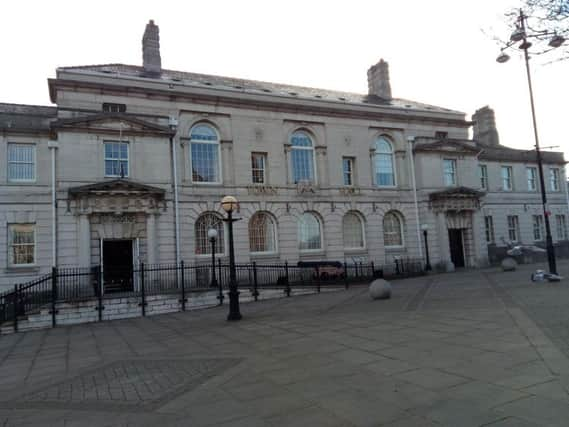Education improves for many Rotherham pupils


Pupil performance at Key Stage One for ability in reading, writing and mathematics now stands at 64 per cent meeting the expected standard, which is both up by more than four per cent on 2016 and nudges just above the national average.
At Key Stage Two, the difference is higher, with a rise from 53.9 per cent in 2016 to 61 per cent last year, a figure which puts the borough on a par with the national average.
Advertisement
Hide AdAdvertisement
Hide AdAt Key Stage Four, the measures are recorded on a points system and last year there was a national decrease, reflected in Rotherham, where performance dropped slightly more than average – down 3.8 per cent ratehr than the national figure of 3.7 per cent.
It meant that the town’s council controlled schools were almost half a percent above the national average performance, but compared like-for-like with other state funded schools, the figure was negative, at 1.4 per cent below the average figure.
The town has also performed well in terms of the ‘gender gap’ between the numbers of male and female pupils achieving a ‘good level of development’ – a trend which is acknowledged nationally with girls tending to outperform boys.
In Rotherham, 78.7 per cent of girls hit the target, compared to 65.7 per cent of boys, giving an overall total of 72.1 per cent achieving that level of development – creating a ‘gender gap of 13 per cent.
Advertisement
Hide AdAdvertisement
Hide AdThose figures compare favourably with neighbouring authorities, with Sheffield recording a gap of 13.4 per cent, and Barnsley – which is at the top of the table for similar authorities – at 18.2 per cent.
Doncaster performs better at 12 per cent, with the Yorkshire and Humberside average showing a gap between boys and girls of 14 per cent and a national average figure of 13.7 per cent.
Those results have been achieved against a backdrop of Ofsted inspection results which still lag behind national average figures, though they are greatly improved on the position from several years ago.
In August 2012, the town had only 66 per cent of schools achieving Ofsted ratings of ‘good’ or above, a figure which has leapt to 84.2 per cent by the start of this year.
Advertisement
Hide AdAdvertisement
Hide AdHowever, the national average recorded in December was 89 per cent, leaving a gap of 4.8 per cent.
Councillors have been told work is now planned with boys as young as two years old as part of a focus on the under fives
A report states: “A bid for additional funding to extend the project has been submitted to the Education Endowment Foundation (EEF) and an outcome is expected in the summer term 2018.
“New developments for 2018 include ‘Early Engagement of boys in pre-school provision’, aimed at changing practice and developing learning opportunities which ensure boys are engaged in their learning as early as possible,” it said.